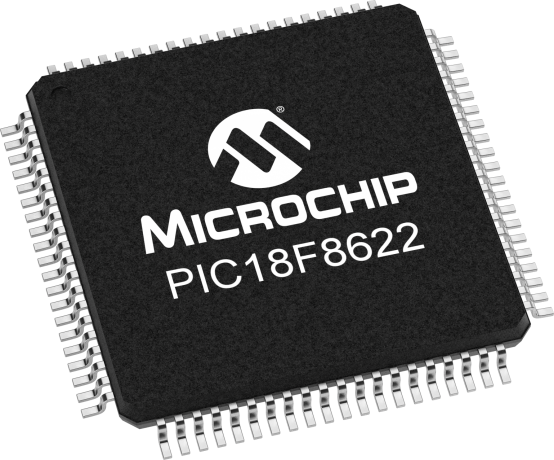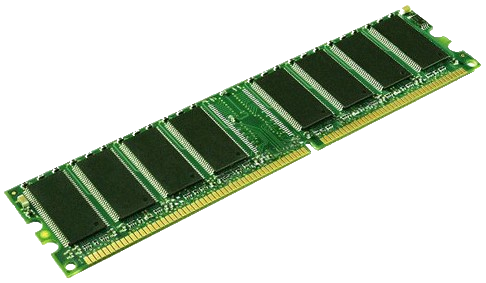11.3.4.1 explain the differences between RAM and ROM memory RAM vs ROM Data and programs need to be stored in a computer system. The technology used to do this is called memory. Memory can be divided into two types: main memory and secondary storage. Main memory is any memory that is directly accessed by the CPU, for example, ROM and RAM. Definitions and features ROM (Read Only Memory) provides the computer with instructions that do not change - such as boot setup.
RAM (Random Access Memory) is the working space in which the computer stores data in current use.
RAM and ROM both are the internal memory (main memory) of the computer. RAM is a temporary memory while ROM is a permanent memory of the computer. There are many differences between RAM and ROM, but the basic difference is that RAM is a read-write memory and the ROM is a read-only memory. Volatile memory is computer memory that requires a power supply in order to maintain stored data. In other words, volatile memory will store information as long as power is being supplied to it. However, the moment that the power is turned off, the information is lost. Volatile memory is often referred to as 'temporary memory'. Comparisons Some differences between RAM and ROM are shown below
*Firmware is a specialized type of software that is embedded or programmed into hardware devices to provide the necessary instructions for how that device operates. *SRAM is a temporary memory that does not need to be updated because the transistors inside continue to store data until the power supply is turned off. *DRAM is a memory that requires periodic refreshing to store data. Questions:
Exercises: Ex. 1 (Author: Litvinova Olga - CS teacher of NIS Pavlodar)
Ex. 2 Define differences between RAM & ROM
Ex. 3 Fill the gaps Exam questions: Which RAM and ROM permanently hold specific functions? (Marks: 1)
Access to ROM is slower than access to RAM. True or False? (Marks: 1)
Why is important for computers to have adequate capacity of RAM? (Marks: 2)
| ||||||||||||||||||||||||||||
|
| ||||||||||||||||||||||||||||
| Просмотров: 10093 | | | ||||||||||||||||||||||||||||
| Всего комментариев: 0 | |

